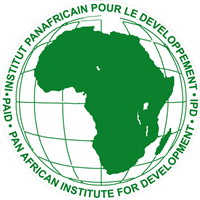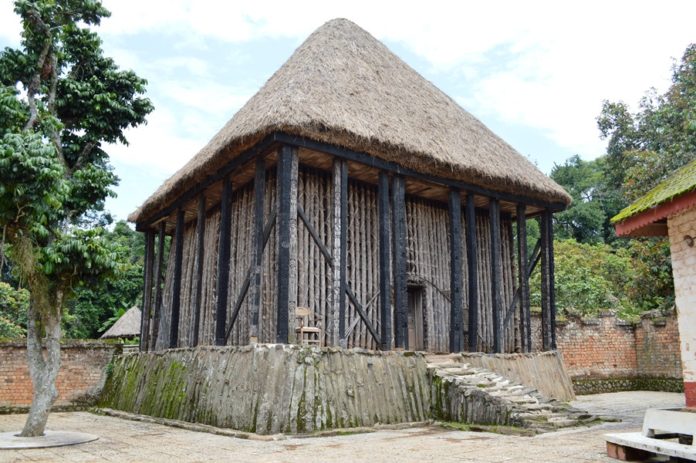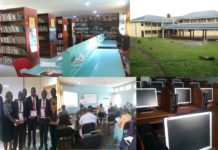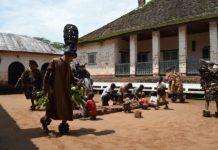A village study was conducted in Nsem village, Bafut sub -division, North West region from the 28th November—18th December, 2009 by a ten member multidisciplinary team from The Pan African Institute for Development –West Africa (PAID-WA), Buea.
The study was part of the requirement for the fulfillment for the award of Diploma in Development studies (DDS) and it was aimed at exposing students in practical skills of identifying problems, collecting information, analyzing and making recommendations for solving problems of rural development.
In undertaking the study, the students adopted the Participatory Rural Appraisal (PRA) approach which has a basket of tools and methods. Some of the methods and tools widely used in this research include; observation, focus group discussion, triangulation, visualization, mapping, transect walk SWOT analysis, Venn diagram, seasonal calendar and existing sources.
Nsem village is one of the forty eight (48) villages of Bafut sub -division, Bafut clan scattered along the Bemenda –Wum ring road and has only one ethnic group. About 90% of the population in Nsem village is farmers who produce both food and cash crops. The village is dominated by one religion which is Christianity and almost has registered members of seven (700) hundred worshippers.
During the study, the team with the active participation of the PRA insiders and the entire community identified many problems affecting development of which eight (8) of them were seen as the core problems hindering development.
Attempt was made by the PRA team to suggest some solutions to solve some of the problems of the community, taking into consideration the existing development potentials of Nsem village.
Thus, among the eight core problems identified, two (2) projects were suggested by the team to solve some of the pertinent problems facing the village.
These projects are found in the Suggested Development Plan (SDP) of the village. The aim of the SDPs was to attempt a solution to some of the identified core development problems.
Suggested solutions have also been made to avert any constraint that might arise in the course of implementing the projects.
Conclusions have also been provided in the report to solve some of the problems that that were not found in the suggested development plans (SDPs).











